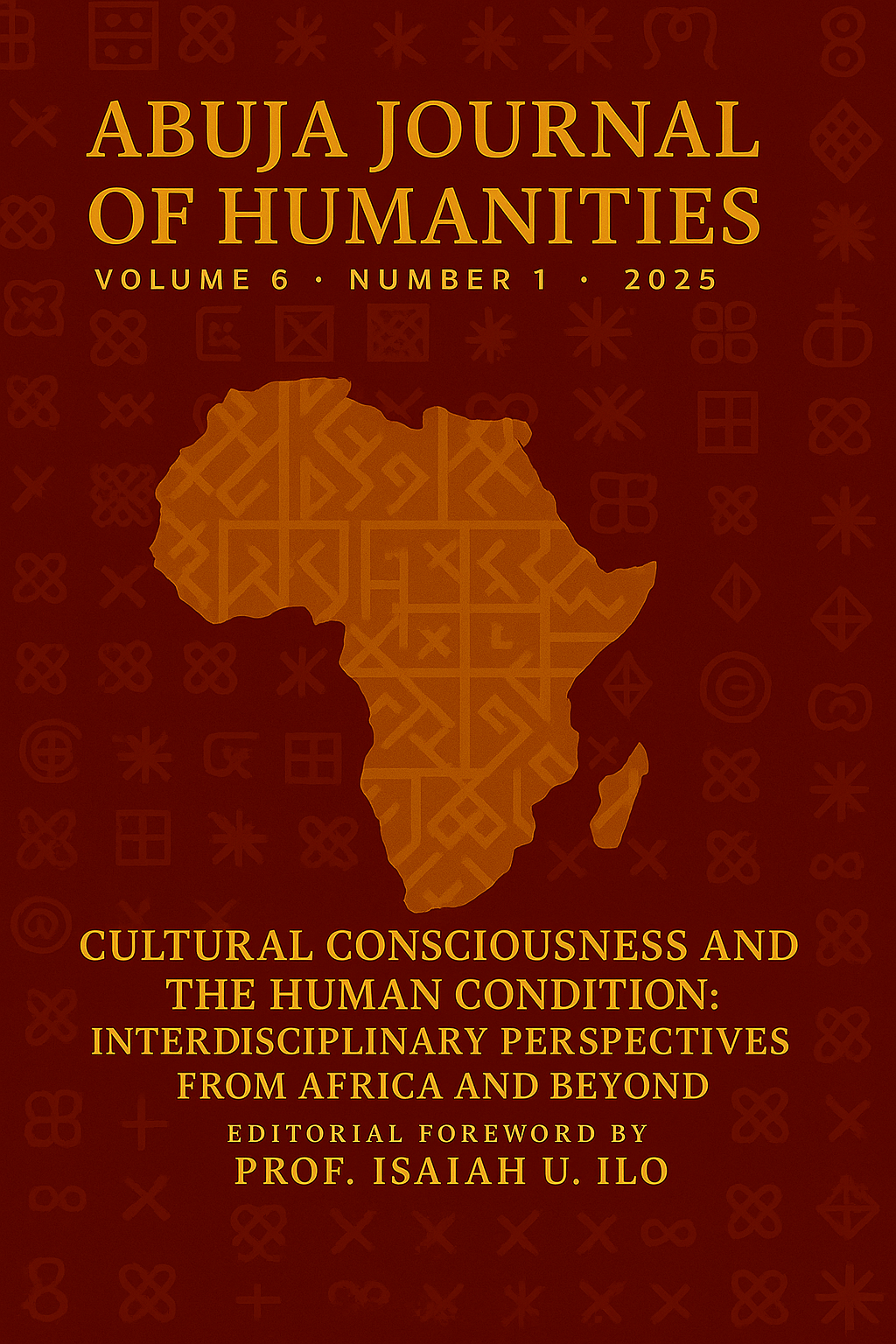Stylo-Contrastive Analysis of Chinua Achebe’s Anthills of the Savannah and Chimamanda Ngozi Adichie’s Half of a Yellow Sun
Keywords:
Contrastive Stylistics; African Literature; Code-mixing; Chinua Achebe; Chimamanda Ngozi AdichieAbstract
This study presents a comparative stylistic analysis of Chinua Achebe’s Anthills of the Savannah and Chimamanda Ngozi Adichie’s Half of a Yellow Sun, focusing on how generational, linguistic, and socio-cultural factors inform their respective literary styles. Anchored on Robert Lado’s contrastive analysis theory and situated within the framework of stylistic criticism, the research examines how both authors utilise language not only as a medium of communication but also as a cultural instrument. Through a close textual analysis, the study identifies six key stylistic devices—code-mixing, transliteration, use of Nigerian Pidgin, proverbs, humour, and vulgar expressions—and investigates their deployment across the two novels. Findings reveal that while both authors share a commitment to integrating indigenous language features into English narratives, they diverge significantly in frequency, function, and tone. Achebe, writing in the late twentieth century, demonstrates a strong attachment to oral tradition and communal voice through his extensive use of proverbs, Pidgin, and satire. Adichie, by contrast, writing in a postmodern, globalised context, adopts a more intimate and contemporary style, marked by transliteration, emotional immediacy, and candid engagement with taboo subjects. Notably, Achebe maintains linguistic decorum, while Adichie’s unflinching depictions of war and interpersonal conflict justify the inclusion of vulgar or explicit language. The study concludes that the stylistic differences between Achebe and Adichie are primarily occasioned by a generational shift and evolving literary norms, yet there exists a continuum in their use of language to construct cultural authenticity. The findings contribute to the scholarship on African literature by highlighting the stylistic evolution from postcolonial narrative strategies to contemporary realist aesthetics. Ultimately, this paper affirms that both Achebe and Adichie, despite their differing approaches, succeed in asserting a distinctly Nigerian literary voice within the scope of Anglophone literature.

